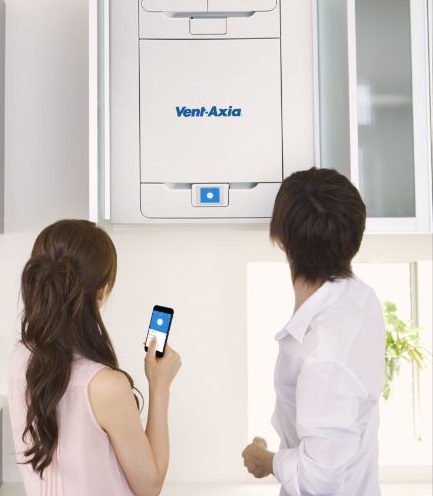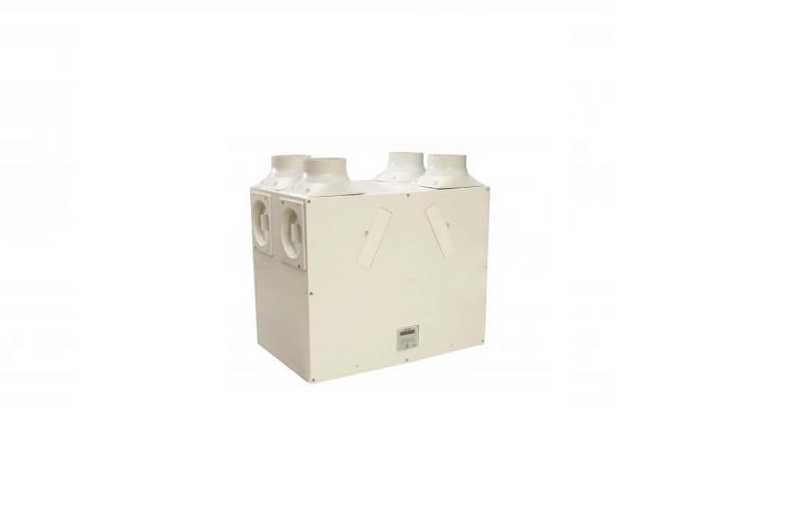
An overview of Heat Recovery Ventilation Systems
The Sentinel Kinetic from Vent-axia is the next generation of whole house heat recovery ventilation systems. It will remove your home’s polluted air with ease and provide a constant supply of clean filtered air, allowing you and your family to live in an ideal indoor environment.
Sized correctly, it will gently ventilate the property at a rate of about half an air change per hour, removing moist air and unpleasant smells from the kitchen, bathrooms and toilets and extracting it to the outside. These systems are great in home with allergy or asthma sufferers.

Why should you install a heat recovery ventilation system onto your new home?
If you insulate your building to high standards, install good quality double glazing and low heat loss glass, make the building airtight and do everything possible to help reduce the cost of heating your home; don’t you think it’s crazy to drill 2 x 6″ holes in the wall of each room in order to provide ventilation? Depending on the wind direction, you may be losing excessive heat or not ventilating your home at all. By installing heat recovery ventilation systems, you can block up those 6″ holes and lets fans gently and constantly ventilate the house, while extracting any usefully heat from the exhaust air from kitchens and bathrooms.
Where most people notice the benefits of the heat recovery ventilation system is after a shower is taken as our unit will automatically boost the extract airflow to help clear the bathroom faster. Also, it’s great for removing odours after cooking or after there has been high occupancy in the house or people have been smoking. In the mornings some bedrooms can smell stale and you need to open the window to ventilate the room. With the Heat Recovery Ventilation (HRV) system installed, bedrooms are fresh in the morning and the house doesn’t smell after you have a party because when you were sleeping, the system has been working hard to remove all the stale smells and replace the air with fresh, filtered and heated outdoor air.
Fresh filtered air is drawn into living spaces such as bedrooms and living rooms, providing continuous ventilation even when the house is sealed up for the day. By keeping humidity levels low and introducing warmed fresh filtered air to replace contaminated air, the quality of the internal environment is significantly improved. You can actually feel the freshness in the air within the house.
Continuous whole house ventilation can help reduce relative humidity to below 70% RH, which inhibits the ideal living and breeding conditions of the house dust mite.
The Kinetic heat recovery ventilation unit can be used with a wide range of Vent-Axia controllers and sensors. Ranging from remote controllers to wired remote sensor Air Minder Plus can control your indoor air quality letting your home breathe. For Knowing heat recovery ventilation unit cost you can use our cost calculator.

Features and Benefits
- Manufactured in the UK
- Building Regulations Part F compliant
- SAP Appendix Q Eligible
- 92% heat recovery
- Programmable Summer bypass
- Horizontal and/or vertical duct outlets
- Light weight for easy installation
- External condensate connection
- Plug and play controls
- Self-diagnosis for simplified fault finding
- Easy access G3 filters
Send us your plans for a quotation tailored to your home. Typically, these systems take 2-3 days to install and we will issue a commissioning report to you on completion of the installation.
We can also help with Solar PV, Solar Thermal and heat pumps for new homes.